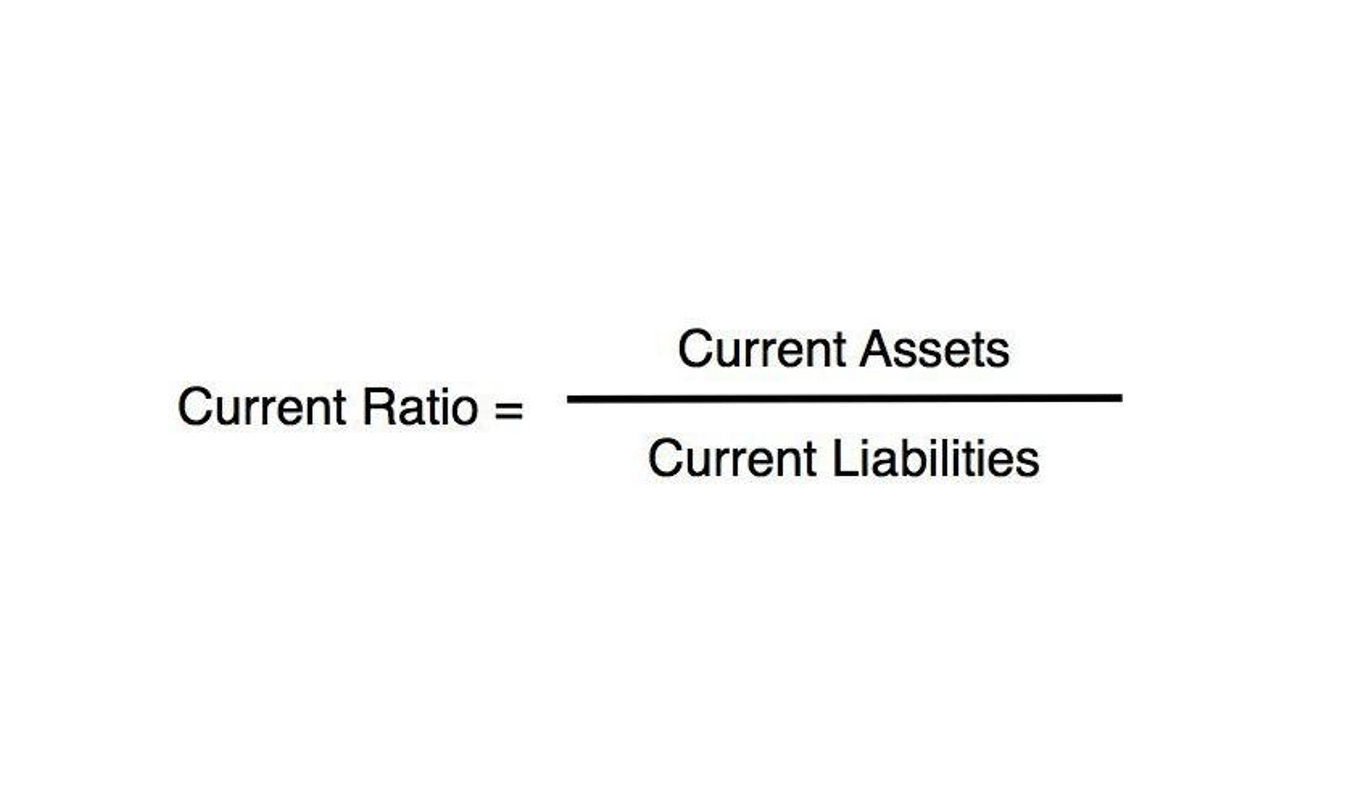Our goal at Benchmark Commercial Lending is to provide access to commercial loans and leasing products for small businesses.

Incremental costs are the costs linked with the production of one extra unit, and it considers only those costs that tend to change with the outcomes of a particular decision. It also takes into account sunk, or non-relevant costs, and excludes those from analysis. Also called marginal analysis, the relevant cost approach, or differential analysis, incremental analysis disregards any sunk cost (past cost). Learn about the definition and calculation of incremental costs in finance, along with examples, to better understand their significance in financial analysis. As a result, the total incremental cost to produce the additional 2,000 units is $30,000 or ($330,000 – $300,000).

Producing the products, however, might bring incremental costs because of the downsizing. The management must look at the additional cost of producing the products under one roof. This could mean more deliveries from vendors or even more training costs for employees. They are always composed of variable costs, which are the costs that fluctuate with production volume. It can be of interest to determine the incremental change in cost in a number of situations.

The reason why there’s a lower incremental cost per unit is due to certain costs, such as fixed costs remaining constant. Although a portion of fixed costs can increase as production increases, the cost per unit usually declines since the company isn’t buying additional equipment or fixed costs to produce the added volume. While the calculation itself is straightforward, the key is identifying the right base and incremental volumes to analyze.

These costs are directly tied to the decision to accept or reject a special order and play a crucial role in evaluating the financial viability of such an order. Manufactures look at incremental costs when deciding to produce another product. Often times new products can use the same assembly lines and raw materials as currently produced products. Unfortunately, most of the time when manufacturers take on new product lines there are additional https://www.bookstime.com/ costs to manufacture these products.
The basic method of allocation of incremental cost in economics is to assign a primary user and the additional or incremental user of the total cost. Like in the above example, it is evident that the per-unit cost of incremental cost manufacturing the products has decreased from ₹ 20 to ₹ 17.5 after introducing the new product line. Identifying such costs is very important for companies as it helps them decide whether the additional cost is in their best interest.
However, the $50 of allocated fixed overhead costs are a sunk cost and are already spent. The company has excess capacity and should only consider the relevant costs. Therefore, the cost to produce the special order is $200 per item ($125 + $50 + $25). The contribution margin is the difference between the selling price of a product and its incremental costs, which helps determine the profitability of a special order.
If a reduced price is established for a special order, then it’s critical that the revenue received from the special order at least covers the incremental costs. Incremental costs help to determine the profit maximization point for a company or when marginal costs equal marginal revenues. If a business is earning more incremental revenue (or marginal revenue) per product than the incremental cost of manufacturing or buying that product, then the business earns a profit. If a reduced price is established for a special order, then it’s critical that the revenue received from the special order at least covers the incremental costs.

Incremental cost is the total cost incurred due to an additional unit of product being produced. Incremental cost is calculated by analyzing the additional expenses involved in the production process, such as raw materials, for one additional unit of production. Understanding incremental costs can help companies boost production efficiency and profitability. Incremental cost, also known as marginal cost, is a key concept in managerial accounting and financial analysis. It refers to the additional cost incurred when producing extra units of a product or service.
The negative $25,000 incremental cost signals that recording transactions outsourcing would reduce production costs by $25,000 for this volume. Here the $20,000 incremental cost reveals how much extra the premium feature addition will cost in total across 1,000 product units. Therefore, the incremental cost of producing an extra 5,000 units is $20,000. Add up all the production and direct labor costs involved with your base volume.